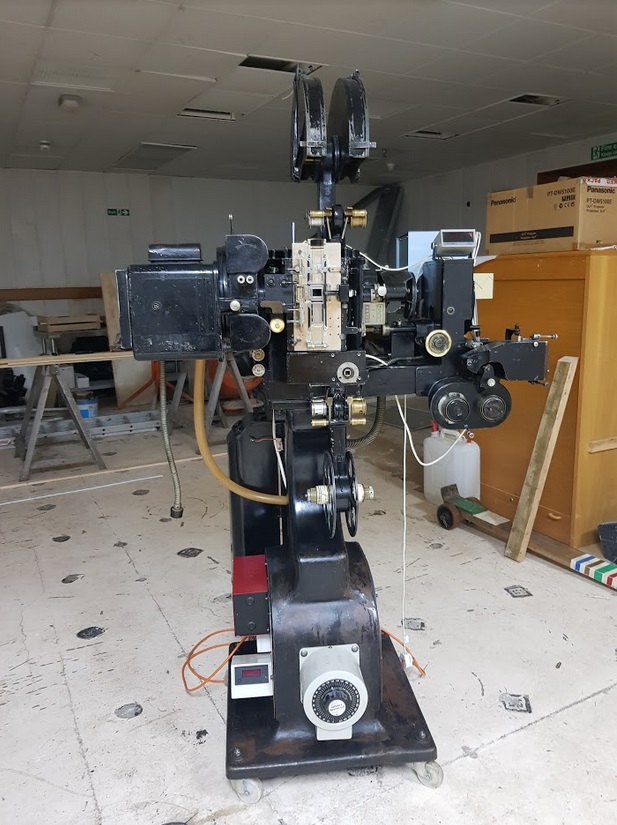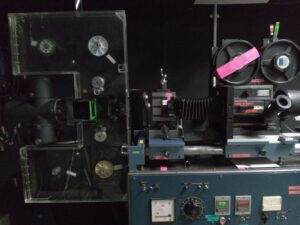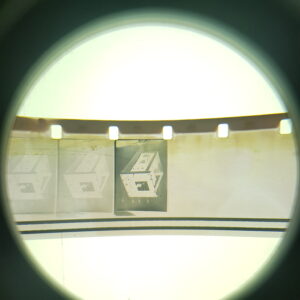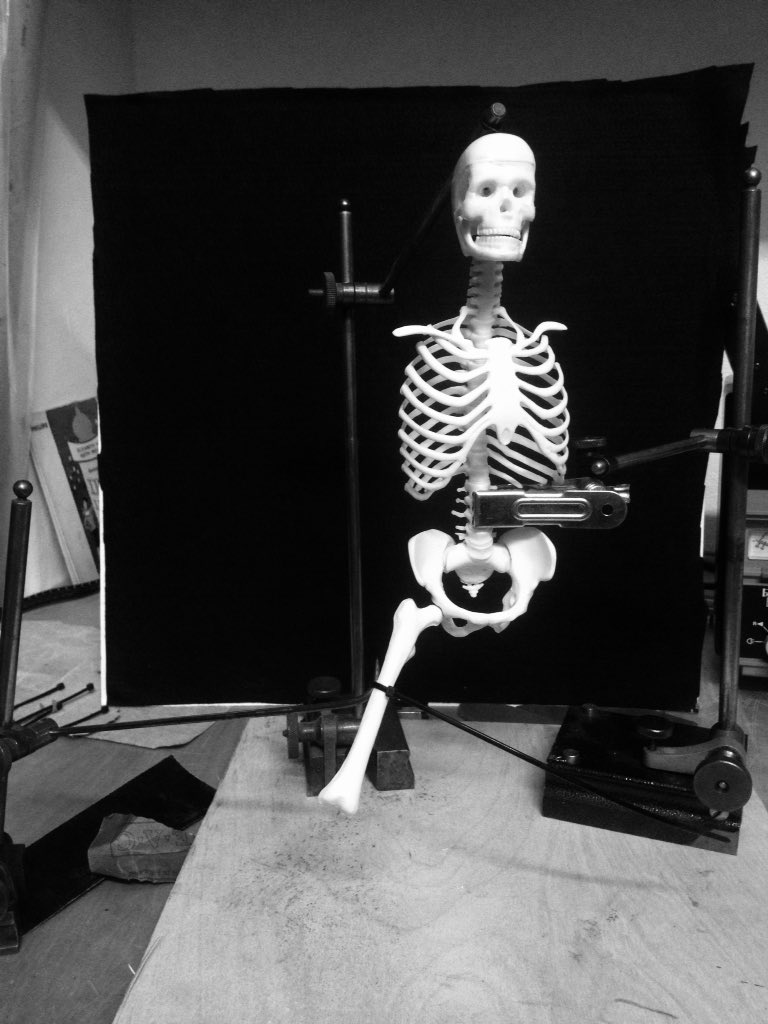This thing then is a contact printer for 35mm. The strange image shows a punched film which controls the light.
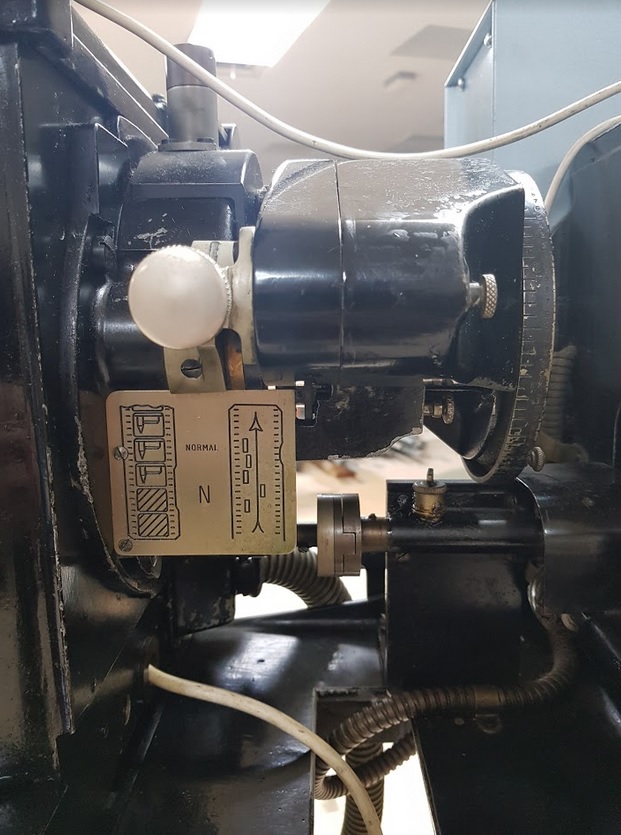
As I have no manual the only thing to do is work out everything as I go along. Very basically a light shines through the back of the negative (loaded on left spools) and through the raw film (on right spools) as they travel sandwiched together in the gate. The punched film (I also have the puncher, a very strange thing indeed) is loaded in the funny mechanism shown in photo A. As the holes pass through, metal followers switch on and off and these route the mains through the big rheostat with varying voltage shown in photo B.
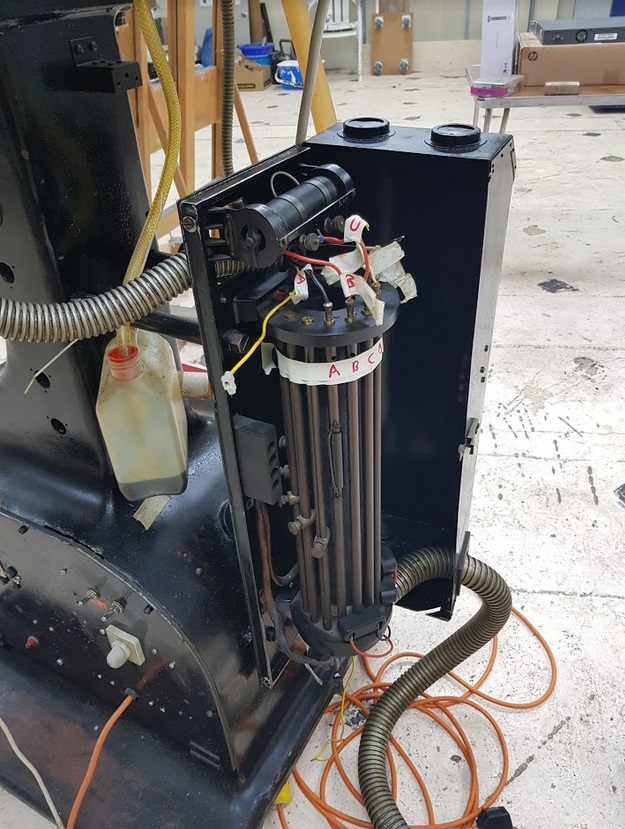
The lamphouse is on the left and there is a blade with a single opening, not unlike ones we see in cameras that obviously dowses the light as the film moves to next frame. There are various gates for full gate, academy, etc and I also have an add on unit for printing the optical soundtrack. Apart from ‘restoring’ this beast as close as possible to its ‘ideal function’ it reamains mysterious in many ways which will make this an educational task. What for instance is the purpose of roll of film that runs between the light/blade and mirror behind the film? Masks? Filters for colours? ND? What is the purpose of the other blade/light controller seen on bottom right arm in photo C? It appears as a cruder, simpler version of the main one. How is the speed of this punched film controlled? Why is the take up capacity so much smaller than the supply? There are micro-switches (very early reed switches) everywhere and strange cogs, gears and drives. All it really does is step contact print. And for this reason it is instrumental for me to be able to make positives from negatives.
It comes from the Imperial War Museum where it was being used to make safety copies of their nitrate material. When this process was completed, the guy who was doing it retired, ( I do have his number).
There is some documentation in Paul Read and Mark-Paul Meyer’s book which may give some initial guidance.
